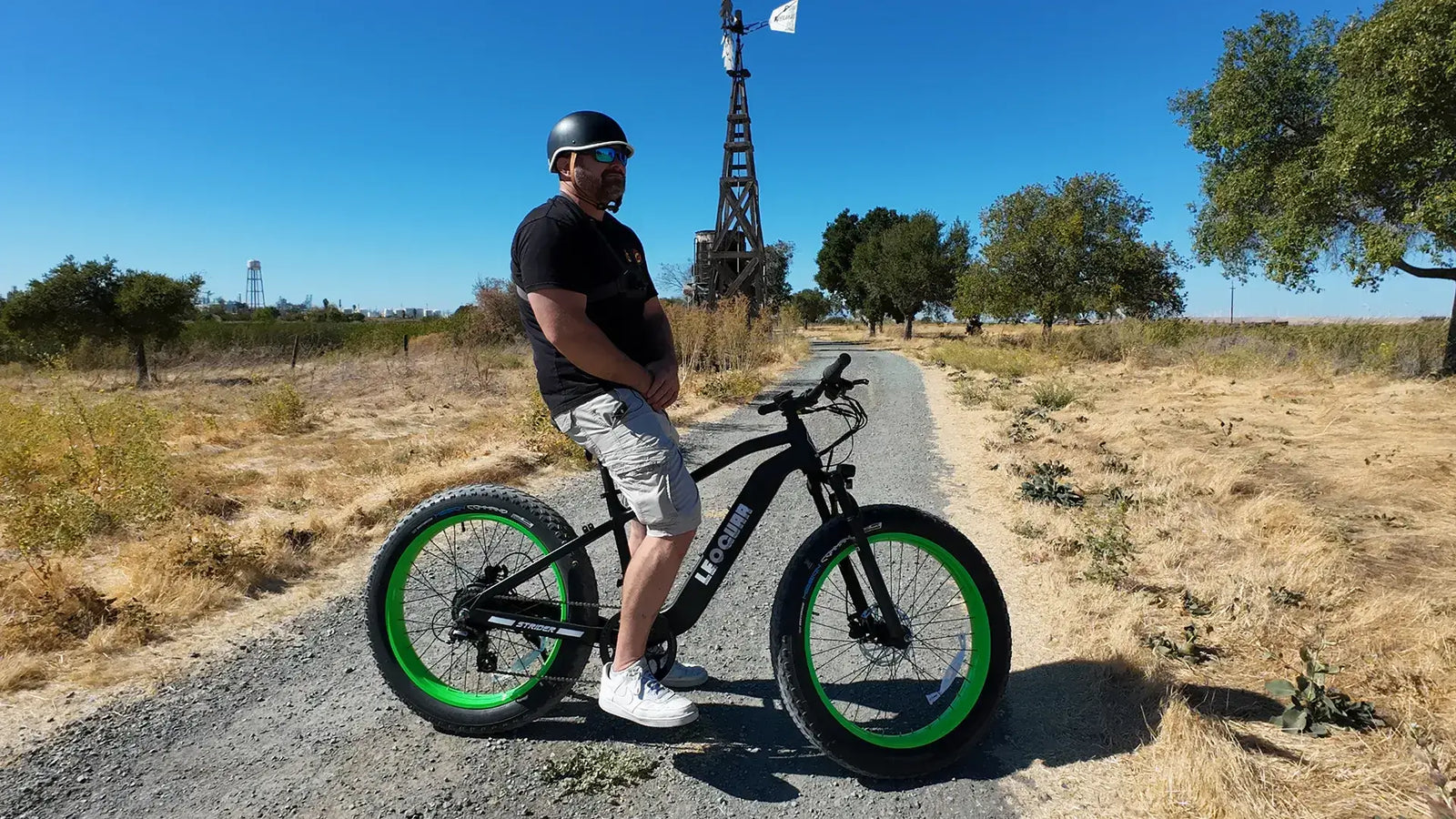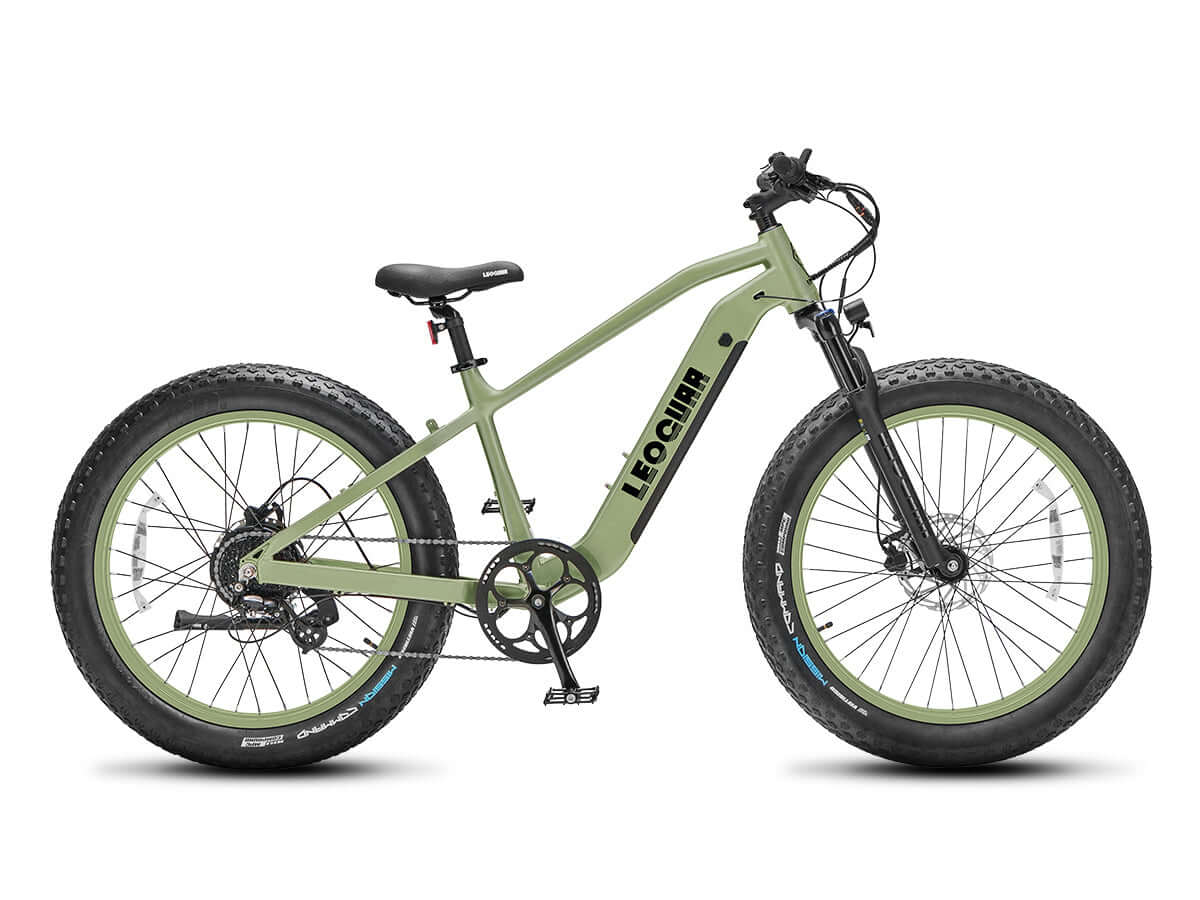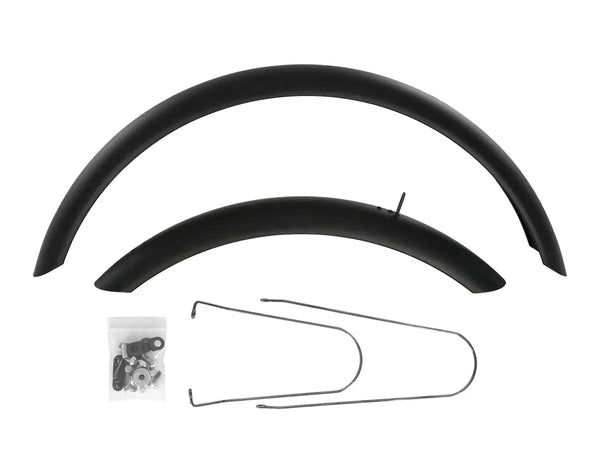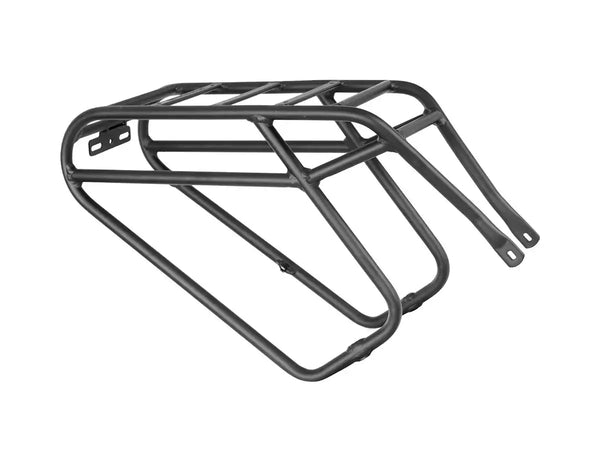
Electric Men's Bicycles: From Streets to Trails
You see them everywhere now. Electric men's bicycles zip through morning traffic and power up steep trails on weekends. The evidence is clear. They are no longer just a novelty but a mainstream force changing how we move, commute, and explore.
This surge in popularity raises important questions for many people. Why the sudden boom, and with so many options available, how do you choose the right one? This guide provides your answer. We will cut through the noise and give you a clear roadmap, covering why this trend is happening, the key types of e-bikes, and a practical framework to help you select the perfect model for your lifestyle, from city streets to mountain trails.
The E-Bike Revolution
The rapid growth of electric bikes is not an accident. It results from several factors that make cycling more practical and enjoyable for more men. This is not just a passing trend. According to leading bicycle advocacy groups, e-bikes are changing personal transportation in a big way.
The e-bike market has seen huge growth. Sales increased by over 240% in the years leading up to 2023. Here is why this happened:
-
Breaking Down Barriers: The electric assist removes the biggest problems in regular cycling. Steep hills that once required great fitness are now easy climbs. Long-distance commutes that seemed too hard become practical daily routines. The e-bike makes cycling possible regardless of your starting fitness level.
-
Better Technology: Early e-bikes were often heavy, with batteries that did not work well and clunky motors. Today's models are much different. Better lithium-ion technology means longer ranges from lighter batteries. Motors are smaller, work better, and fit better into the frame, giving a smooth and natural feel.
-
A Tool for Modern Life: An electric bicycle is not cheating but a powerful tool for building a healthier, more active, and environmentally friendly lifestyle. It lets you get a great workout by choosing a lower assist level, or get to work without sweating by increasing the power. It gives you choice for both efficiency and enjoyment.
Commuter vs. Mountain E-Bike
The world of electric men's bicycles is huge, but most choices fall into two main groups: the urban-focused commuter and the rugged mountain ebike. Understanding their main differences is the first step in narrowing your search. Each type is built for a specific environment, and choosing the right one means getting a bike that feels perfectly suited to your primary needs.
| Feature | City/Commuter E-Bike | Mountain E-Bike (eMTB) |
|---|---|---|
| Primary Use | Urban transport, errands, daily commuting | Off-road trails, rugged terrain, steep climbs |
| Frame Geometry | Upright, comfortable posture for visibility | Aggressive, forward-leaning for control |
| Suspension | Often rigid or front-only (hardtail) for efficiency | Full-suspension is common for trail control |
| Tires | Slicker, narrower for low rolling resistance | Knobby, wider for maximum grip on dirt/rock |
| Motor Tuning | Tuned for smooth starts/stops in traffic | Tuned for high torque on steep, technical climbs |
| Accessories | Often includes racks, fenders, and lights | Minimalist, focused on core performance |
Of course, the lines can blur between these types. Hybrid or all-terrain e-bikes aim to be good at everything, often featuring a commuter frame with wider, more capable tires and basic front suspension. These are great options for riders whose routes include a mix of pavement, gravel paths, and light park trails.

Your Rider's Compass
Before you start comparing models and prices, the most important step is to look at your own needs. A bike that works perfectly for your neighbor might be all wrong for you. We have created a simple self-assessment framework to help you find the ideal electric men's bicycle for your specific life.
Where will you ride?
Be honest about where you will spend 80% of your riding time. It is easy to get excited about a high-performance mountain ebike, but if your reality is a 10-mile round trip to the office on paved roads, that bike is too much. Its heavy frame, knobby tires, and complex suspension will be inefficient and clunky on city streets. From our experience, many riders think they want more off-road adventure than they actually do. Buy for your daily reality, not the once-a-year exception. A solid commuter or hybrid will serve a daily rider much better.
What are your fitness goals?
An e-bike is an amazing fitness tool, but how you use it depends on your goals. Are you looking to ease back into exercise after a long break? The pedal assist can help you build endurance without the risk of pushing too hard. Are you already a serious cyclist looking to push your limits? An e-bike can help you extend your training rides, tackle more challenging climbs, or use the assist for recovery on the way home after a hard effort. Your goal will influence how much power and range you truly need.
What does your ride look like?
Think about the practical details of a typical journey. How far will you go? This directly affects the battery size you will need, helping you avoid range anxiety. What kind of terrain will you cover? A route with steep, long hills demands a motor with more torque. Will you be carrying anything? If you plan to haul groceries, a laptop, or a child, you need a bike with a strong frame and the option to mount a cargo rack, which is common on commuters but rare on performance eMTBs.
What is your view on maintenance?
All bikes require maintenance, but e-bikes add an electrical system to the mix. While modern systems are very reliable, their design can affect how easy they are to service. Generally, hub-drive motors are simpler, self-contained units that are easy to work on. Mid-drive motors are built into the bike's crankset, offering better performance but sometimes requiring more specialized service. Considering your comfort level with DIY maintenance versus relying on a bike shop can help guide your choice.
Decoding the Tech
Reading a spec sheet can feel like learning a new language. Let's translate the most important technical terms into what they mean for your actual ride experience. Focusing on the motor, battery, and suspension will tell you 90% of what you need to know.
The Motor: Hub vs. Mid-Drive
This is probably the most important decision you will make. It defines how the bike delivers power and how it feels to ride.
-
Hub Motors: These are located in the center of the front or rear wheel. They provide a powerful push sensation, as if you are being pushed forward. They are generally more affordable and are a great, reliable choice for commuting and riding on relatively flat or rolling terrain.
-
Mid-Drive Motors: These are located at the center of the bike frame, where the pedals attach. They apply power directly to the drivetrain (the chain and gears). This creates a natural, bionic legs feeling, smoothly amplifying your own pedaling effort. Because they work with the bike's gears, they are much more efficient on steep climbs. This natural feel is why in-depth performance analysis of mountain e-bikes almost always favors mid-drive systems for technical terrain.
The Battery: More Than Miles
A battery's capacity is measured in Watt-hours (Wh). Think of this as the size of the gas tank—the higher the number, the longer the potential range. A typical 500Wh battery will provide a realistic range of 25-50 miles, but this varies greatly based on rider weight, terrain, wind, and especially the level of pedal assist you use. Don't just look at the Wh number; battery quality is very important. Units from respected manufacturers like Bosch, Shimano, Yamaha, and Brose are known for their reliability, longevity, and advanced battery management systems that protect your investment.
Suspension: Comfort and Control
Suspension absorbs bumps, providing comfort and keeping your tires connected to the ground for better control.
-
Hardtail: This refers to a bike with suspension in the front fork but a rigid rear. This is a great setup for commuters and hybrid bikes, as it smooths out road bumps and light trails without adding the weight and cost of a rear shock.
-
Full-suspension: This features suspension in both the front fork and the rear of the frame. This is the standard for any serious mountain ebike. It allows the bike to absorb large impacts from rocks and roots, providing better traction and control on challenging descents.
We have seen riders on full-suspension bikes feel slowed down on smooth pavement, while those on hardtails get shaken up on rough trails. Matching suspension to your primary terrain is one of the most important decisions for ride quality.
Making the Investment
Choosing an electric men's bicycle is an investment in your freedom, health, and enjoyment. By focusing on your primary use—whether commuting or trail riding—you can narrow down the field. From there, consider the ride feel of a hub versus a mid-drive motor and select a battery that matches your range needs. Most importantly, try to test ride a few different models. Nothing on a spec sheet can replace the real-world feel of the bike. A good e-bike can flatten hills, shrink your city, and open up new frontiers for adventure. Choose wisely, and it will redefine what's possible on two wheels.
FAQ
Q: How far can I ride on a single charge with an electric men's bicycle?
A: Most e-bikes with a 500Wh battery can go 25-50 miles on a single charge. The actual range depends on your weight, the terrain, weather conditions, and how much pedal assist you use.
Q: What's the difference between hub motors and mid-drive motors?
A: Hub motors are located in the wheel and give you a pushing sensation, while mid-drive motors are at the pedals and feel more natural. Mid-drive motors work better on hills and technical terrain, while hub motors are simpler and great for commuting.
Q: Do I need full suspension for city riding?
A: No, full suspension is not necessary for city riding. A hardtail (front suspension only) or even a rigid bike works better for commuting because it's lighter, more efficient, and costs less.
Q: How much maintenance do electric bikes require?
A: E-bikes need regular bike maintenance plus occasional battery and motor care. Modern e-bike systems are very reliable, but it's good to have them checked by a qualified shop once or twice a year.
Q: Can I still get exercise on an electric bike?
A: Yes, you can get great exercise on an e-bike. You can adjust the assist level to make your workout easier or harder, and many riders find they actually ride more often and for longer distances with electric assist.











































Leave a comment